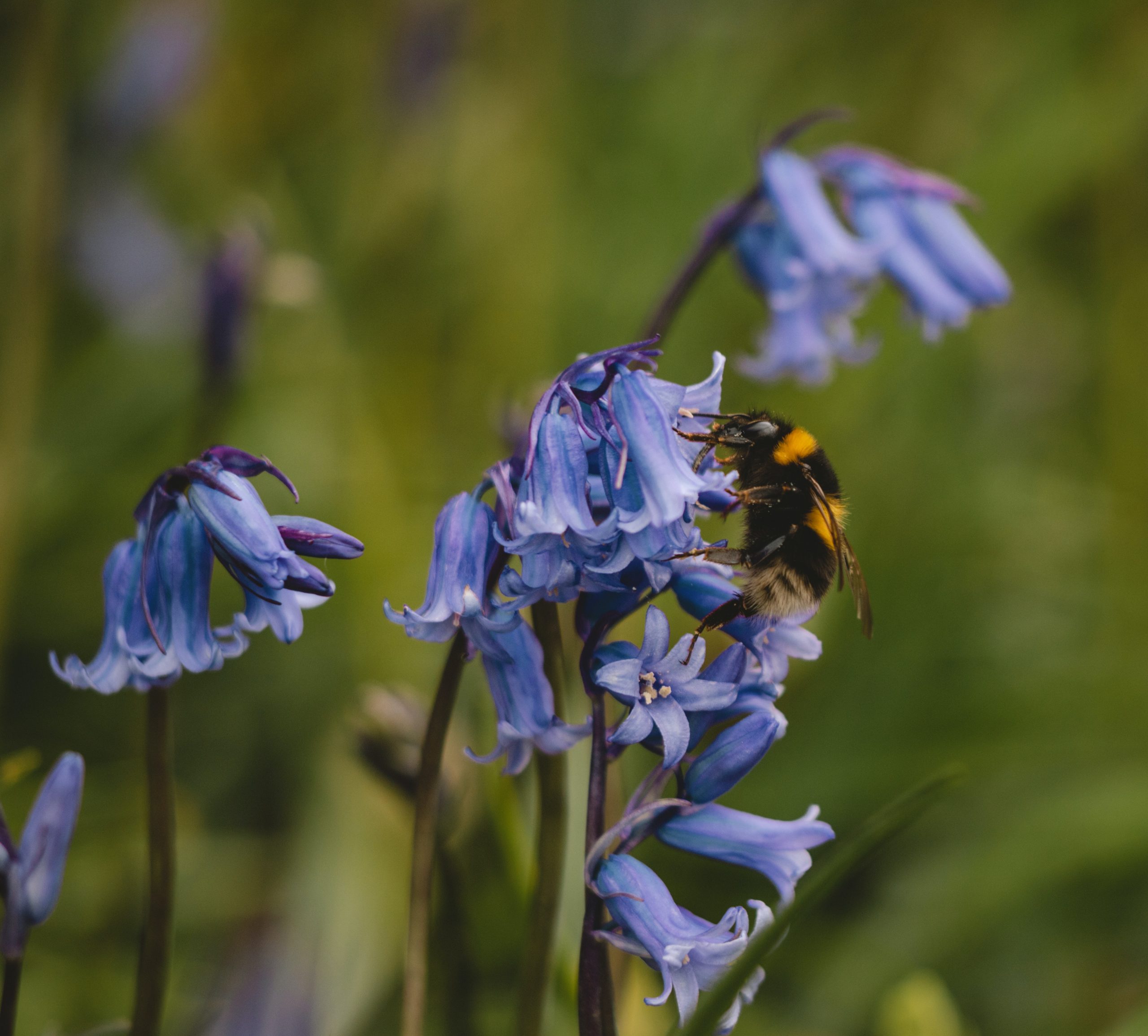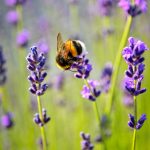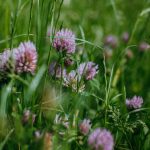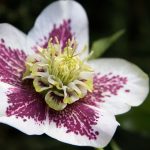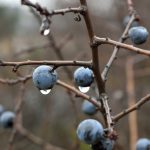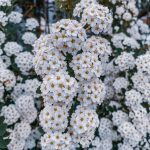In this blog, we look in more detail at the best bee-friendly plants and flowers for your UK garden.
In our recent post, Attract Bees and Pollinators to Your UK Garden: a How-to Guide, we explained why bees and other pollinators are essential. We looked at a number of simple steps you can take to create a garden that is attractive to bees and other pollinators. We also explored what to look for when choosing plants which are attractive to bees.
So it’s time to move on to choosing what to plant, and why.
Native is Best for Bees
We must mention that we always recommend choosing native plants and flowers for your garden. Not only will they grow better because they are more adapted to the local environment, but native plants provide a better wildlife habitat. Additionally, native plants are more sustainable and have a lower carbon footprint.
Which are the best plants and flowers to attract bees?
So, let’s dive in and explore some specific plants that are native to the UK and provide good food sources for bees. For an interesting garden, choose a mix of colours, types and plant heights.
Even more importantly, to ensure year-round food for our busy friends, select plants which will flower at different times throughout the year. This is something our friendly team can help with, just drop us a line.
In this post, we’ll focus on plants and flowers which fit into a ‘wildflower’ theme and need minimal intervention. We’ll come back to bee-friendly plants and flowers for a more cultivated garden design in future.
Lavender
Lavender is a classic bee-friendly shrub that’s easy to get hold of and grow. It also smells amazing! The small, fragrant flowers are attractive to a variety of bee species. Lavender generally flowers from June to August (sometimes lasting until September). If you want to plant your own, it’s best to start in early spring.
Foxgloves
A tall plant with large tubular flowers that are attractive to bees, Foxgloves always create the wow factor! Foxgloves again bloom in late spring to early summer and can self-seed, so once you plant them, they may continue to come back year after year. Foxgloves are available in a range of colours but we recommend classic purple, which is the most attractive colour to bees. Perennial or biennial growing guide.
Bluebells
Nothing says English spring like Bluebells! Bee-friendly Bluebells flower in the spring (March to early May) and are an important early source of nectar for bees emerging from hibernation. Bluebells are also an important food source for the UK’s increasingly-rare long-tongued garden bumblebee so planting them will help support this species. Bluebells are a great choice for shaded areas, too, and grow particularly well around the base of trees. Find out more.
Red Clover
Red Clover is a common UK plant popular with both honeybees and bumble bees. It has a long flowering season, from May to October, and produces high-quality nectar that bees love. It works well as part of a wild corner or wildflower meadow in your garden. Do not mistake Red Clover for a weed!
Hellebores
Hellebores are a low-maintenance winter and early spring blooming plant that provides a much-needed food source for bees during the colder months. They have a simple, bowl-shaped flower that is easy for bees to access. Hellebores are hardy and grow well in the shade, making them a great option for gardens with limited sun exposure.
Blackthorn
Blackthorn is a UK native shrubby tree often found in hedgerows. It flowers in early spring, producing small white flowers in early spring that are an important source of nectar for bees and butterflies. Blackthorn also produces sloe berries, which are a food source for birds and small mammals, and is popular for brewing ‘sloe gin’.
Meadowsweet
Meadowsweet (Filipendula ulmaria), a member of the rose family, is a tall, herbaceous plant native to the UK. Its large, white, fluffy flowers are sweet-smelling and attractive to a range of pollinators, including bees, butterflies, and hoverflies. Meadowsweet flowers June to at least September and prefers moist soil conditions, making it a great option for gardens with damp areas and for planting near ponds, including our recommended natural clay ponds. Filipendula ulmaria can also be used in food preparation and has medicinal qualities.
Wildflower Turf
If you want a quick win with a good mix of bee and pollinator-friendly flowers, consider our Wildflower Turf. Whether you’re looking to add a natural or wild corner to your garden, create a colourful meadow, or simply reduce your lawn maintenance, wildflower turf is the perfect solution. Discover more in our blog Five beautiful reasons to create a wildflower meadow or use wildflower turf in your garden in 2023.
Our Wildflower Turf is a mix of 26 species, designed to support a diverse range of pollinators, birds and other insects. It will flower from April until early winter and is available by the square metre. The Genesis Gardens team also lay the bee-friendly turf at very reasonable rates.
Get Bee-Friendly Planting!
Making small changes and planting a few of the bee-friendly plants we’ve outlined above can make a big difference to your local bee population. If you don’t have the time or budget for a complete garden makeover, that’s ok, making small changes will still have a significant impact. All the suggested bee and pollinator-friendly plants above should be easy to source and grow. Why not start with a wild strip or corner of your garden?
For information about our North Wales gardening services, which include one-off visits and regular maintenance as well as garden design and transformation, get in touch today.

